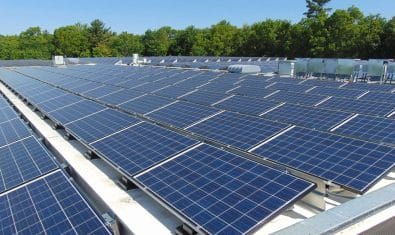Continuing effects of the August 2022 floods in Pakistan, compounded by worsening social tensions, high inflation, and policy uncertainty, are estimated to have limited growth to 0.4 percent in fiscal year 2022-23, a 1.6 percentage-point downward revision from January, says the World Bank.
The Bank in its latest report “Global Economic Prospects”, has projected a GDP growth rate of 2 percent for the fiscal year 2023-24 (FY24), a 1.2 percent downward revision from January.
The Bank stated that agriculture output seems likely to have contracted for the first time in two decades. Economic recovery in the next two fiscal years is expected to be anemic, with growth of 2 and 3 percent, respectively, as there is limited fiscal room for the government to support a recovery from flood-related damages.
The report noted that in Pakistan, the lasting effects of the August 2022 floods, along with policy uncertainty and limited foreign exchange resources to pay for imports of food, energy, and intermediate inputs, have depressed activity, with industrial production contracting by about 25 percent in the year to March 2023.
With dwindling foreign exchange reserves and stagnant remittances, the government has increased exchange rate flexibility, allowing the Pakistani rupee to depreciate by 20 percent since the start of the year. Consequently, headline consumer price inflation has risen sharply, reaching 38 percent in the year to May, its highest level since records began in the late 1970s.
In Pakistan and to a lesser extent in Sri Lanka, policy rate increases have not kept pace with expected inflation; consequently, real interest rates have turned deeply negative. While poverty has recently been increasing in economies facing severe economic pressures— notably Afghanistan, Pakistan, and Sri Lanka—it is expected that the region as a whole will resume its downward trend that was interrupted in 2020- 21, the report noted.
The Bank further stated that the decline, however, will not be as quick as previously expected, given the impacts of high inflation, slow recovery in employment, and withdrawal of pandemic-related food support. The number of people in SAR living on less than $3.65 a day in 2023 is expected to be well below the 2020 pandemic-induced uptick. Despite this improvement, opportunities to move out of poverty remain limited and uneven for women and other vulnerable populations.
Some economies in the region have suffered significant domestic shocks, and deep crises are continuing to undermine their growth— particularly Afghanistan, Pakistan, and Sri Lanka, it added.
The Bank further stated that growth in the region is expected to slow marginally to 5.9 percent in 2023 and more significantly to 5.1 percent in 2024. Relative to January projections, this is a 0.4 percentage point upward revision in 2023 and a 0.7 percentage point downward revision for 2024. Greater-than expected resilience in private consumption and investment, and a robust services sector in India, is supporting growth in 2023. The downward revision in 2024 mainly reflects the lagged impact of tightening domestic policy and global financing conditions, the aftermath of floods and policy uncertainty in Pakistan, and the humanitarian crisis in Afghanistan.
More than half of South Asians have been affected by one or more climate-related disasters over the past two decades, with the 2022 floods in Pakistan leaving one-third of the country under water and causing damage estimated at 4.8 percent of GDP, the Bank added.





















